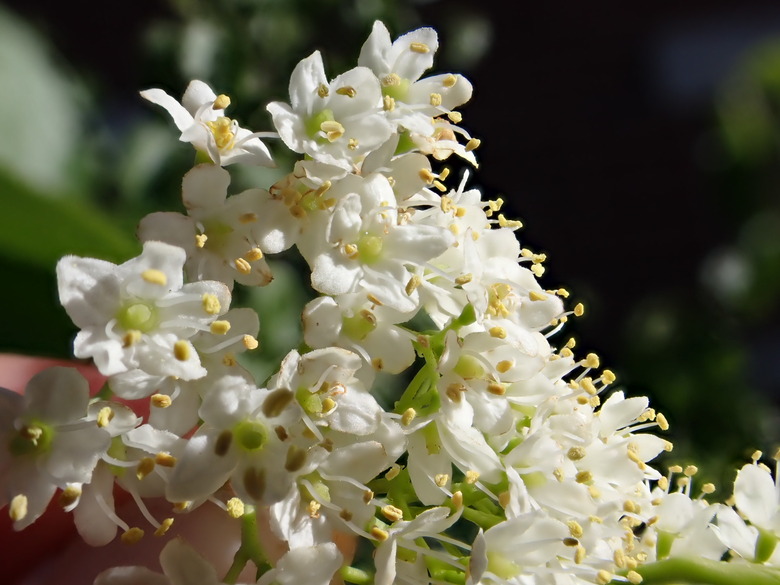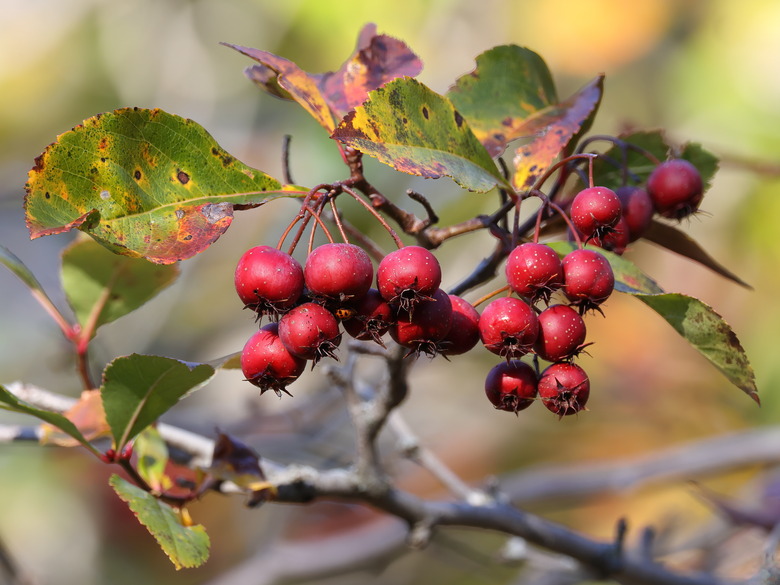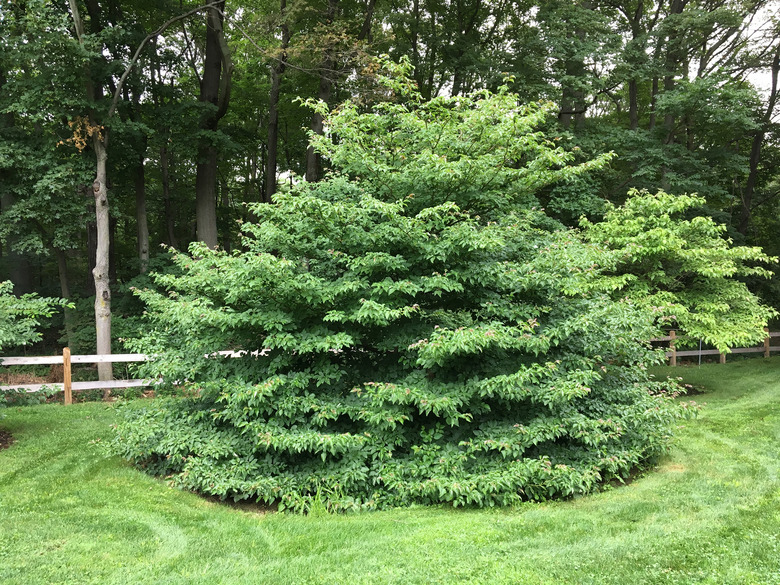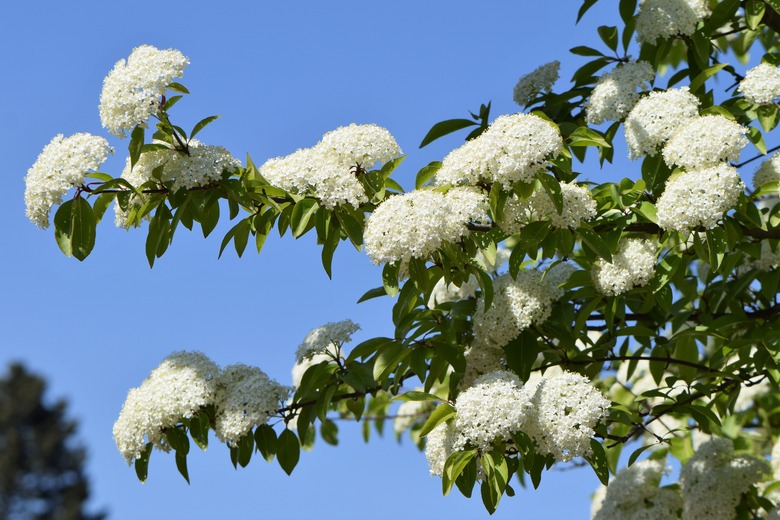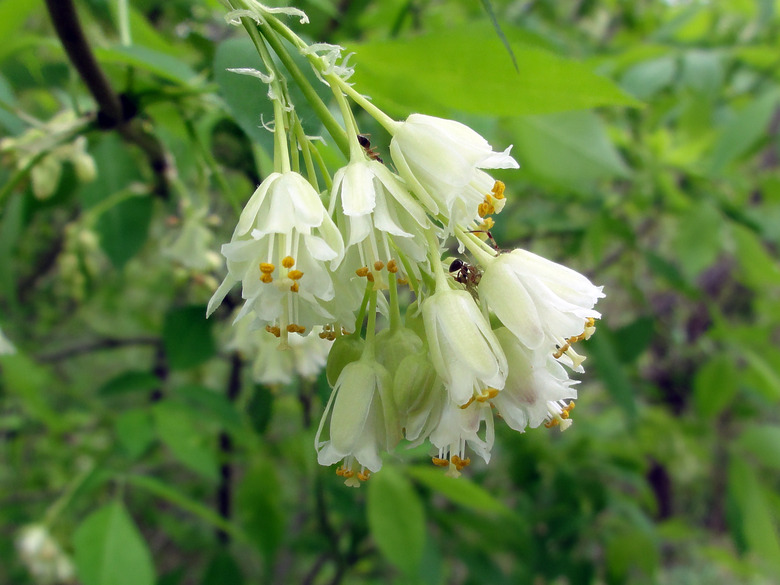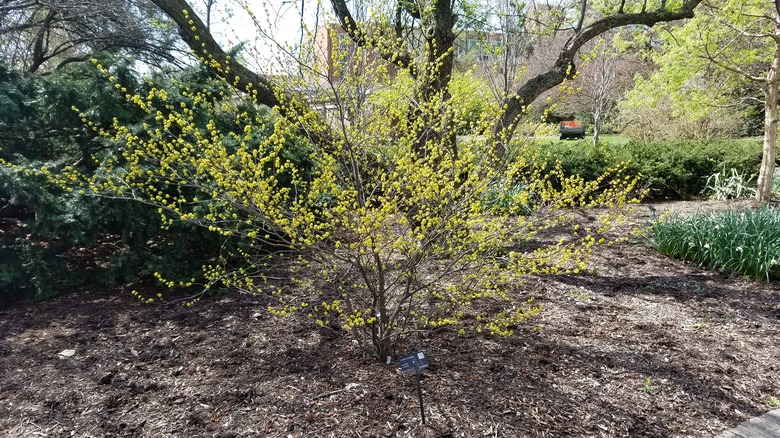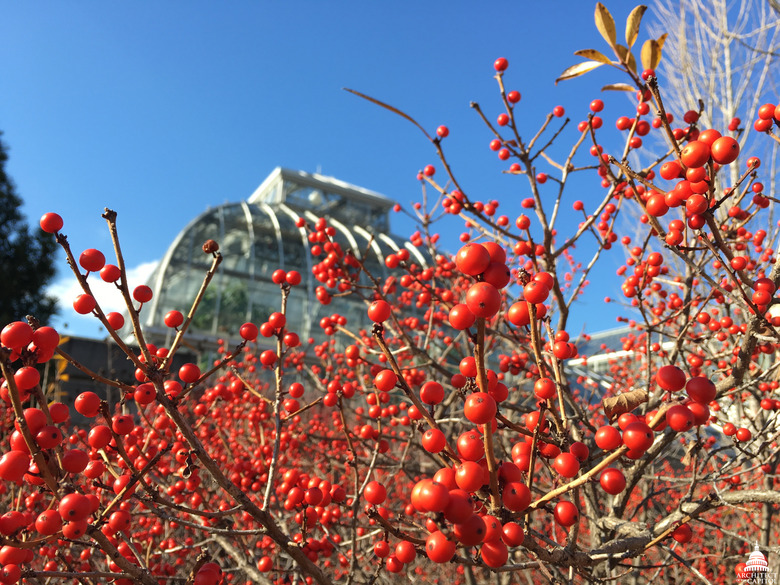Native Shrubs Of Ohio
Planting native plant species has many benefits, like providing local wildlife with the sources of food and shelter to which they have adapted. It is also preferable to plant native species, because nonnative species can become invasive.
The guide will take a look at a number of plants native to Ohio, including flowering and fruiting shrubs that are beneficial to birds as well as butterflies and other animals.
Native Ohio Hawthorn Species
Of the approximately 380 species of hawthorn (Crataegus spp.)—dense, thorny, flowering shrubs—several are good native Ohio shrubs for sun. These shrubs produce clusters of white flowers with five petals each that bloom in May or June depending on the species.
Hawthorn shrubs also produce attractive red berries. They should be planted in full sun for the best fruit production, advises the University of Minnesota.
Hawthorn species native to Ohio include the Washington hawthorn (Crataegus phaenopyrum), which is native to a large swath of the Southeastern United States and offers good fall color. The cockspur hawthorn (Crataegus crus-galli) and the thicket hawthorn (Crataegus punctata) are other options. There are also thornless cultivars of the cockspur and thicket hawthorns on the market for gardeners who would rather not deal with the thorns.
Dogwoods Native to Ohio
A number of species in a group of small native Ohio trees and shrubs called dogwoods are prized for their spring displays of flowers. Some dogwood species are also valued for their attractive horizontal branching, including the pagoda dogwood (Cornus alternifolia), which occurs throughout Eastern North America. The pagoda dogwood produces bluish-black fruit come autumn.
Also native to Ohio, according to the Ohio State University Extension, is the gray dogwood (Cornus racemosa), which produces white flowers that are followed by white berries. The stems of this bush are red in color. Other native dogwood options include silky dogwood (Cornus amomum subsp. obliqua), which gets its name from the silky hairs on the underside of its leaves and twigs.
Viburnum Shrubs for Ohio
Several species of drought-tolerant shrubs known as viburnums are native to Ohio, including the blackhaw viburnum (Viburnum prunifolium) and the arrowwood viburnum (Viburnum dentatum).
These native shrubs are good for wildlife because they produce blue, purple or black berrylike drupes, to which birds and other critters gravitate. The drupes of some viburnum species are considered good for eating fresh and for making jams.
The maple-leaf viburnum (Viburnum acerifolium) and the nannyberry (Viburnum lentago) are also native to Ohio.
Other Bushes Native to Ohio
Here's a look at a handful of other shrubs native to the buckeye state.
American Bladdernut
If you are looking for a native shrub for Ohio that grows well in the shade, consider the American bladdernut (Staphylea trifolia), which produces drooping clusters of white bell-shaped flowers in the spring.
It gets its name from its bladder-shaped capsule that contains the shrub's seeds and adds visual interest to the plant. This shrub grows quickly and is good for naturalized areas.
Spicebush
Also native to Ohio and suitable for growing in part shade is the spice bush (Lindera benzoin), which is a dioecious species, meaning there are separate male and female plants. Female spicebush plants produce red fruit that adds fall interest; however, they must be pollinated by the pollen of a male plant for that to happen. Spice bushes have a maximum height between 6 and 12 feet.
Common Winterberry
The common winterberry (Ilex verticillata), a deciduous holly species hardy in USDA plant hardiness zones 3 to 9 that has a height between 12 and 15 feet, is native to Ohio.
Like other holly species, the winterberry's most distinguishable feature is its red berries. However, as is the case with the spicebush, this holly species is dioecious, so you must plant both male and female plants if you want to enjoy berries in the landscape. This species does well in poorly drained soils.
References
- The Ohio State University Extension: Native Landscaping for Birds, Bees, Butterflies, and Other Wildlife
- University of Minnesota: Urban Forestry Outreach and Research Nursery and Lab – Hawthorn – Crataegus Spp
- Missouri Botanical Garden: Crataegus phaenopyrum
- Missouri Botanical Garden: Lindera benzoin
- University of Massachussetts-Amherst: Center for Agriculture, Food, and the Environment – Dogwoods
- Missouri Botanical Garden: Ilex verticillata
- Missouri Botanical Garden: Cornus racemosa
- Missouri Botanical Garden: Staphylea trifolia
